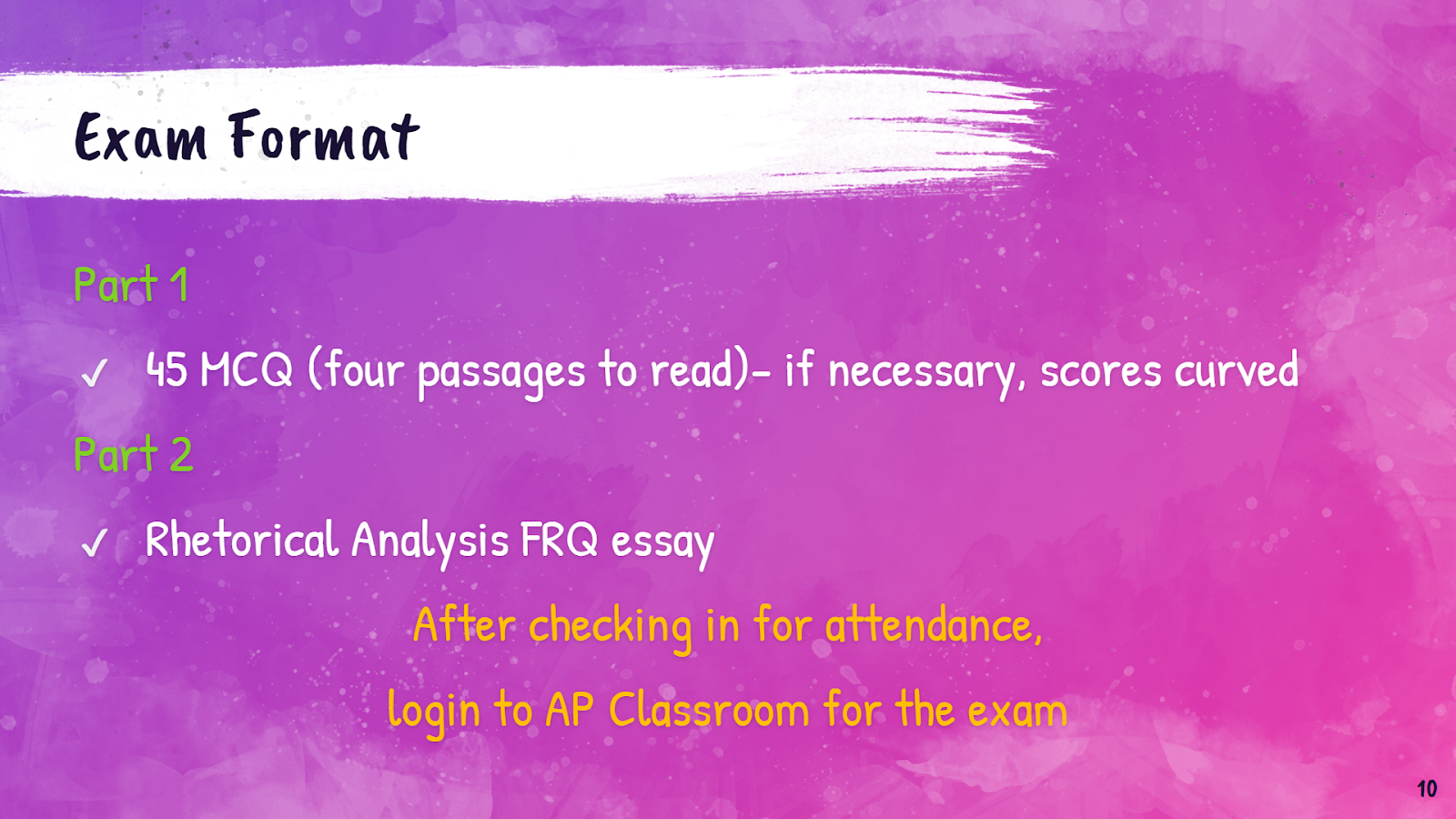Finals are almost here, but what students should prepare for depends on whether it is an exam or a project.
Though this semester will differ from the average testing session because of COVID. For the upcoming finals, students’ scores on their finals can not negatively affect their grades. Many students are using this decision as a way to not take their tests or complete their projects. There are, however, those who still plan to take their finals.
Each assessment determines the students’ comprehension of the course by testing them on different topics from the semester. Exams do this by having questions (multiple-choice or written) that require students to recall specific content taught in the class. Projects use a more creative approach that allows students to demonstrate their understanding of certain skills acquired during the course.
Exams
Traditionally, tests are teachers’ go to method of assessing students and they are more commonly used as finals than projects. Though not particularly fun, this method does have some upsides.
The test itself is relatively short, only lasting a couple of hours, and the overall amount of time spent preparing varies from student to student. Some may find that they do not need to review, others will spend hours studying.
Projects, on the other hand, can last anywhere from a few days to over a week. They also have certain expectations that the students must fulfill to finish them. For example, the French III Honors final project spans a week and has a list of different types of grammar discussed in the course. Generally speaking, projects are far more time consuming than tests. The shorter duration of exams proves to be helpful by allowing students to allocate their study time for their other endeavors.
The final can act as a practice test for AP class or other classes that have additional testing afterward. The AP US History final is an hour long exam with 60 stimulus based multiple choice questions. This test is similar to the AP exam, during which students will have 55 minutes to answer 55 multiple questions, and an additional 180 minutes for the short answer and essay questions. The unit tests in this course are formatted like the second half of the AP exam, so APUSH are familiar with those style of questions, but they have had no real practise with multiple choice questions. By giving students a test, they will have had adequate practice in both parts of the AP Exam.
Though more time and practice are helpful, these tests have their downsides.
Finals count as 20 percent of the overall grade for the class. That is a lot of pressure on one test and can be stressful for students, especially those who are not good test takers or are struggling in the course. However, this semester is different because the pandemic finals can not lower students’ grades. That takes away some anxiety. Yet, some students need to do well on it to raise their scores in the class. For them, the pressure is still there. The possibility of impacting one’s grade because of a test is nerve-racking and taxing for students.
The final’s impact on the grade book is not their only negative aspect. There is an unknown quality about these tests that is also worrisome. No one knows what will be on the test, so many students study everything covered in the course. Reviewing months of work in the space of about a week is not healthy, and often, not all of that material is on the test. Exams cause students to study too much, and they produce a large amount of undue stress.
Final tests are the most common type of end of semester assessment. They have the potential to give students more time and practice. However, they also create a stressful situation in which students must prepare for an exam that will cover months of work and majorly impact their grades.
Projects
Projects tend to be more common in elective classes that do not have state-mandated exams. They are often more fun and interesting than a test. Although, they do require more work to complete.
A project can be a presentation, a video, or anything else the teacher thinks of. For example, the French III Honors final project is a letter that is supposed to summarize the events of a French movie watched in the class. For artistic students, designing a website or building a presentation is more interesting than answering questions or writing an essay. Even creative writing, such as the letter, is more intriguing then the standard prompts on tests. When determining which method of final examination is more appealing and fun for students, projects are the clear winner.Projects provide a better way for students to end the semester and may inspire more participation in class.
Expectations and requirements are clear while doing a project because the teachers explain them before starting it. This information allows students to research what they need to instead of reviewing the whole course. Using the French project as an example, Madame West created a detailed rubric that included all of her expectations for the project. This rubric listed all of the required vocabulary, such as reciprocal verbs and verbs in the conditional tense. The French students could review their notes on these subjects and then continue writing their letters. This option of reviewing when needed is not available on tests, and therefore makes projects preferable. Projects limit how much stress the students have because they can see what they need to do and have time to do it.
Final projects have positive characteristics that set them apart from exams, but they also have some significant disadvantages.
Since projects take longer to complete and often have more written parts, they take longer to grade. Instead of getting the score back instantly, which is the case for multiple-choice tests, it can take a week or more for a teacher to review all of them. Not knowing the final score and how it influences their grade can cause a severe amount of worry in some students. This anxiety can distract them from their work for other classes and other activities outside of school. The long wait period that stands between students and their final grade creates feelings of anxiety in them and detracts from their daily lives.
Projects are fun, but they are also a lot of work. It requires hours of effort daily, both in and out of class, to complete on time. If a student is unlucky enough to have more than one of these finals, then they will suffer from a work overload. Projects are about taking data and forming complex thoughts about it, which is more time-consuming than the memorization of information that happens while prepping for exams.
The fun and extra time of final projects impacts how long it takes for the teacher to grade and the total quantity of work the student must do.
As Leesville prepares for exam week, students should consider how the different types of finals impact them.

Hi! My name is Savannah and I am a staff writer for The Mycenaean. I have been in Girl Scouts for 12 years and I am currently interning with Buffett and Beyond.

Leave a Reply